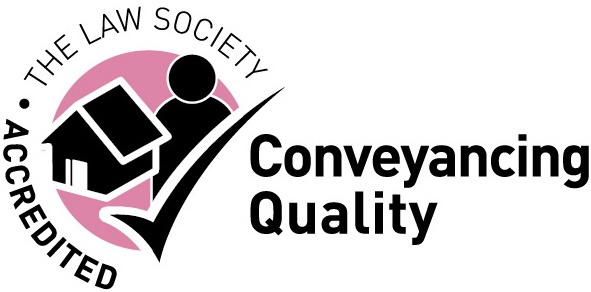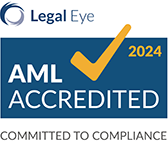Transfer of equity in a property refers to changing the ownership of the property. Commonly, this is a transfer from joint names to a sole name or vice versa, often following a separation or divorce, or when a couple moves in together.
The process is not always straightforward, and you need to fully understand the legal implications. If the property is subject to a mortgage, the mortgage lender will also need to be involved in the transaction and give their approval to any changes.
How do you transfer equity in a property?
When transferring equity, a transfer document needs to be drafted and signed by the property owners. If the property is subject to legal restrictions or obligations, anyone taking on the property must also sign.
Both parties should take independent legal advice before signing, so that they understand what they are agreeing to and what rights and responsibilities they will have or are giving up.
Transferring property from joint names to a sole name
If you want to transfer a property into your sole name and there is a mortgage, the first step is to ask your lender how they want to proceed. They may want you to make a new mortgage application to ensure that you are able to meet the mortgage payments yourself.
Your solicitor will then be able to draft the transfer document and prepare any mortgage redemption certificate for the mortgage lender, as well as deal with the new mortgage on your behalf, to include going through the terms and conditions with you and obtaining your signature to the mortgage deed.
If you will be paying money to the other owner, your solicitor will arrange for this to be transferred on the day of completion.
Transferring property from a sole name into joint names
Again, if your property is subject to a mortgage, you will not be able to transfer it without your lender’s consent. They will want the new owner to apply for a mortgage with you, so that they can assess and approve them.
You need to take independent legal advice about the implications of the transfer. For example, if you have built up equity in the property or you will be putting money into a property owned by someone else, your solicitor can ensure that your money is protected. This is generally done by using a type of joint ownership known as tenants in common. It allows you to own a specific share of the property, such as 75%. This means that when the property is sold, you would be entitled to 75% of the net sale proceeds.
The other type of joint ownership, known as a joint tenancy, will not offer this protection, and you would only be entitled to share equally in the equity.
Transfer and remortgage
It is common to tie in a remortgage with a transfer. You will need a solicitor to represent you and your new lender. They will go through the legal title and carry out searches so that they can confirm to the lender that the property is good security for the loan.
They will also draft the transfer and advise you on the transaction. They will obtain a redemption statement from your existing lender, and on the day of completion, repay the previous loan and account to the previous joint owner where necessary. Following completion, they will register the change of ownership and the new mortgage at HM Land Registry.
Leasehold property
If the property is leasehold, your solicitor may need to serve notice on the management company or freeholder and comply with other requirements. If the property is being remortgaged, the lender will need a range of leasehold information, and your solicitor will ensure that this is provided to them.
Contact us
If you would like to speak to one of our expert property lawyers, ring us on 0333 3055 249 or email us at info@leadingpropertylawyers.co.uk.


